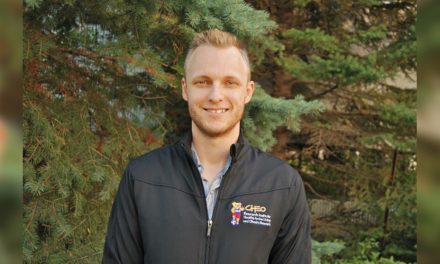HALO alumnus Dr. Diego Silva is lead author on a paper, “Association between Resting Heart Rate and Health-Related Physical Fitness in Brazilian Adolescents,” that was recently published in BioMed Research International. Citation details and a summary of the paper are below.
Silva DAS, de Lima TR, Tremblay MS. Association between Resting Heart Rate and Health-Related Physical Fitness in Brazilian Adolescents. Biomed Res Int. 2018 Jun 28;2018:3812197.
Abstract
The aim of this study was to identify the relationship between health-related physical fitness components (aerobic fitness, muscle strength, flexibility, and body fat) and resting heart rate (RHR) in Brazilian adolescents. The study included 695 schoolchildren (14-19 years) from public schools of the city of São José, Brazil. RHR was evaluated using an automated oscillometric sphygmomanometer. Aerobic fitness was assessed by the modified Canadian Aerobic Fitness Test; muscle strength was measured by handgrip dynamometer; flexibility was assessed by the sit-and-reach test; and body fat was assessed indirectly by sum of two skinfold thicknesses (triceps and subscapular). Sociodemographic variables, habitual physical activity, sexual maturation, and body mass index were the covariates. Cardiorespiratory fitness (β = -0.11; 95%CI: -0.14, -0.08) and handgrip strength (β = -0.10; 95%CI: -0.18, -0.01) were inversely associated with RHR in boys. For girls, cardiorespiratory fitness (β = -0.09; 95%CI: -0.12, -0.06) was inversely associated with RHR. In both sexes, body fat (β = 0.50; 95%CI: 0.25, 0.75 for boys; β = 0.17; 95%CI: 0.36, 2.72 for girls) was directly associated with RHR. The RHR is measured more easily than the physical fitness tests, so it is recommended to assess adolescent’s heath in large surveillance systems.
Click here to read the paper for free.





